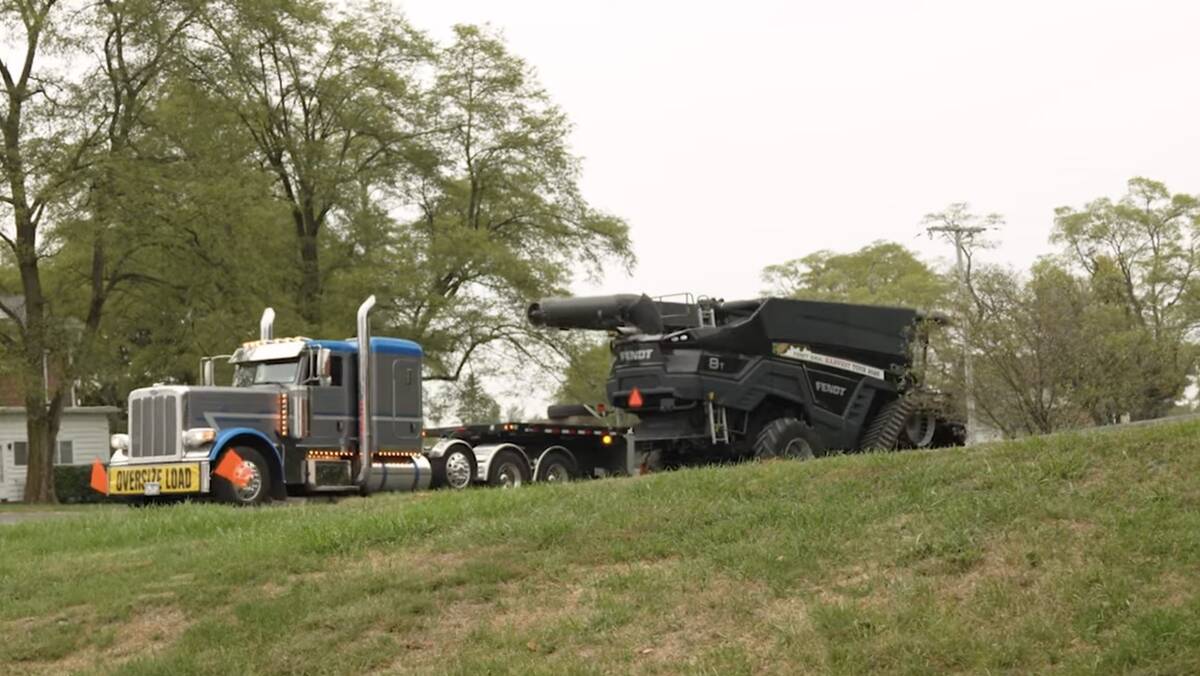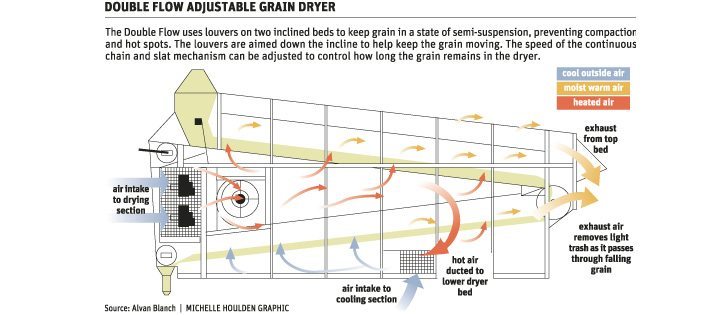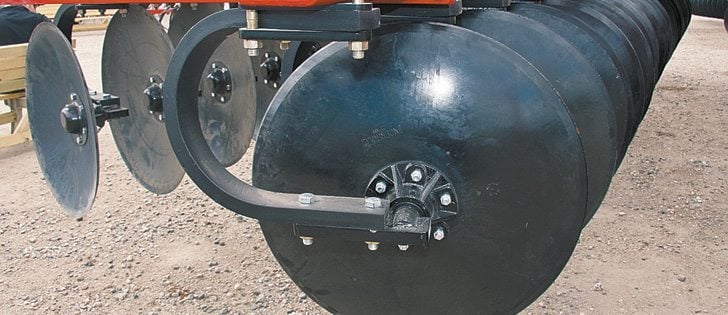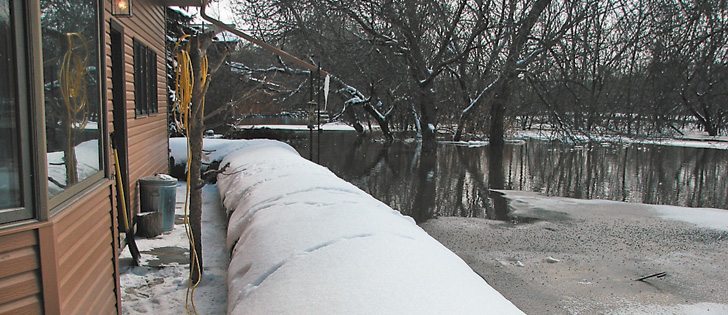Economic benefit | The cart can power around sloughs without leaving big ruts in its wake
Just as farmers begin to wrap their minds around rubber tracked trailers, the technology has taken a giant leap forward by applying power to those tracks.
The first known hydraulically driven air cart in North America emerged from the Horsch Anderson shop in Andover, South Dakota, this spring.
Sporting a pair of rubber tracks from Elmer’s Welding in Altona Man., the 1,000 bushel cart demonstrated that powering the tracks will keep seeding rigs moving in wet conditions.
Applying power to the rear hubs of the system was not as difficult as it might seem, said Mike Friesen, an engineer at Elmer’s Welding.
Read Also

Fendt takes a combine on the road in the U.S.
Putting an Ideal combine in fields across different regions has given the brand a chance to prove that the combine is capable of performing well in a variety of conditions.
“We worked closely with Horsch Anderson in South Dakota and in Germany,” Friesen said.
“We use Poclean drive motors because that’s what Michael Horsch was using over there. They’re readily available and easily adaptable to our system. The motor itself bolts almost directly to the end of our hub. We did decide to use a special hub, but it’s nearly identical to the original.”
Friesen was an observer when Jeremy Hughes did his Seed Wagon 1000 demonstrations in southeastern Saskatchewan. He said watching an air cart pull a tractor backward out of a slough is an amazing sight.
The idea that rubber tracks alone are the ultimate answer for wet conditions became obsolete that day, he added.
“Non-driven rubber tracks might let you get 20 percent further or cover 20 percent more ground in a day, or whatever percent number you want to use. But the fact is you’ll still get stuck. Putting power to those tracks is the next step forward.”
Friesen said there’s a financial cost every time a seeding rig becomes stuck. The operation might have another seeding tractor nearby or a dedicated pull tractor, but that in itself is a cost.
“If you’re all spread out like so many guys are, your other tractor might be 10 or 20 miles away. You can tie up two tractors for the better part of a day. That’s a major cost and major delay in seeding. There’s a big economic benefit in seeding around sloughs and potholes without spinning out or making big ruts.”
Friesen said he expects to have a limited number of powered rubber tracks in the field in time for harvest this fall.
For more information, contact Friesen at 204-324-6263 or visit www.elmersmfg.mb.ca.















